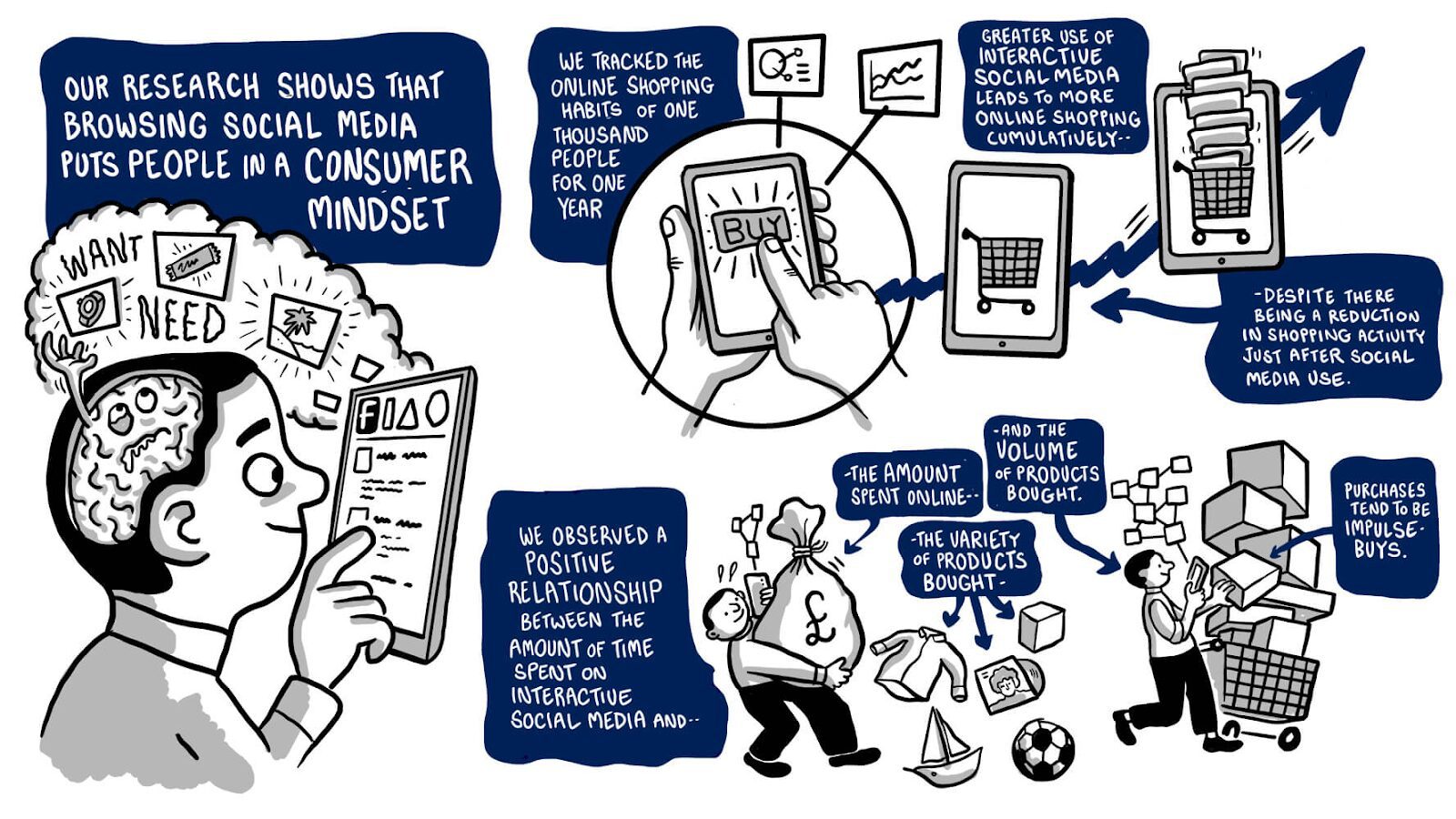The Evolution from Barter to Currency-Based Trade
In ancient India, the barter system marked the inception of trade. Over time, this primitive system evolved into trading goods for currency, reshaping the very fabric of society’s desires. To redefine the essence of consumer behaviour—turning wants into perceived needs.
Consumerism as the Core Principle of Market Consumption
Centuries later, after countless monetary transactions, consumerism has become the driving force of the economy, subtly satisfying psychological cravings that people may not even be aware of. It has made consumerism a core principle shaping market consumption and stimulating economic growth.
The Dual Nature of Consumerism
The concept of consumerism is often seen through a positive lens, viewed as a catalyst that boosts productivity and utility within an economy. However, this phenomenon has evolved into a dual-edged sword. While it fuels economic activity, it has shifted into a cycle of unchecked desire, driven more by material gratification and ego than by sustainable well-being.

Challenges for Brands Entering a Cluttered Market
This progression, however, has gradually dampened the advantages of consumerism as a whole, thereby posing challenges for brands and businesses trying to enter diverse markets. In many ways, it has become a perfect metaphor for finding a diamond in a clutter full of rocks. Consequently, brands now struggle to navigate their individuality and unique sense of self amidst a noisy market.
Digital Marketing: A Game-Changer for Modern Consumerism
With the evolution of the Web, the world saw more opportunities than challenges on the scale of technological advancement. Digital marketing paved the way for businesses to go online and reach the screens of even the most remote users, creating a wave of effective consumerism.
Redefining the Concept of a “Brand”
Digital marketing redefined the concept of a “Brand” by making it accessible yet exclusive, integrated yet sustainable. Most importantly, it educated consumers on the pros and cons of effective buying behaviour. Through diverse forms of content and media, digitization branched a new concept of consumption. It introduced conversations that fulfilled the cerebral need for knowledge, voice, and opportunity.
Social Media: Amplifying Consumerism and Consumption
With the advent of social media, this property amplified tenfold, bringing debates and ideas to a singular platform. It encouraged myriad ways of market consumption, from content to impactful storytelling. Digital marketing restored the semblance of tasteful consumption and meaningful engagement.

The Role of Branding in Modern Markets
Brands and their operations have, as a result, significantly funneled into powerful ideations and long-lasting impressions through the integration of marketing and services. This has unified thoughts and built communal integrity, making brands not just about selling products but also fostering connections and meaningful narratives.
The Modern Challenge: Producing Impactful and Sustainable Products
Brands nowadays are under the microscope to produce utility-driven and sustainable products and to showcase them in the compelling ways. It is a constant effort to neutralise market sentiments and modify the narrative of materialistic fulfilment among the masses.
Truthful Storytelling: The New Norm for Newcomers
New entrants are expected to use digital advertising and holistic marketing to tell truthful, impactful stories that resonate with modern consumers. This shift represents a move toward a more honest and purpose-driven approach, positioning digital marketing and branding as key drivers of positive market consumption.

Conclusion: Real-Time Industry Example—Nike’s Digital Strategy
Nike is a prime example of how digital marketing and branding can transform consumer perceptions and drive growth. With a strong online presence, Nike has moved from selling sportswear to inspiring a lifestyle through digital campaigns. Its “Just Do It” slogan and storytelling on social media and the Nike Training Club app have made it a symbol of perseverance, empowerment, and community.

Nike’s strategic use of digital marketing extends beyond product promotion—it integrates user-generated content, engaging challenges, and social causes to resonate deeply with its audience. This approach has positioned Nike as a market leader and showcased digital branding’s power in building a loyal, passionate customer base.
By redefining its brand through digital platforms, Nike successfully navigates the dual-edged sword of consumerism. This real-time example underscores how effective digital marketing strategies can elevate brands, making them stand out in an otherwise cluttered and competitive marketplace.
Know more about Pluralis Marketing Solutions | Connect with us on LinkedIn
